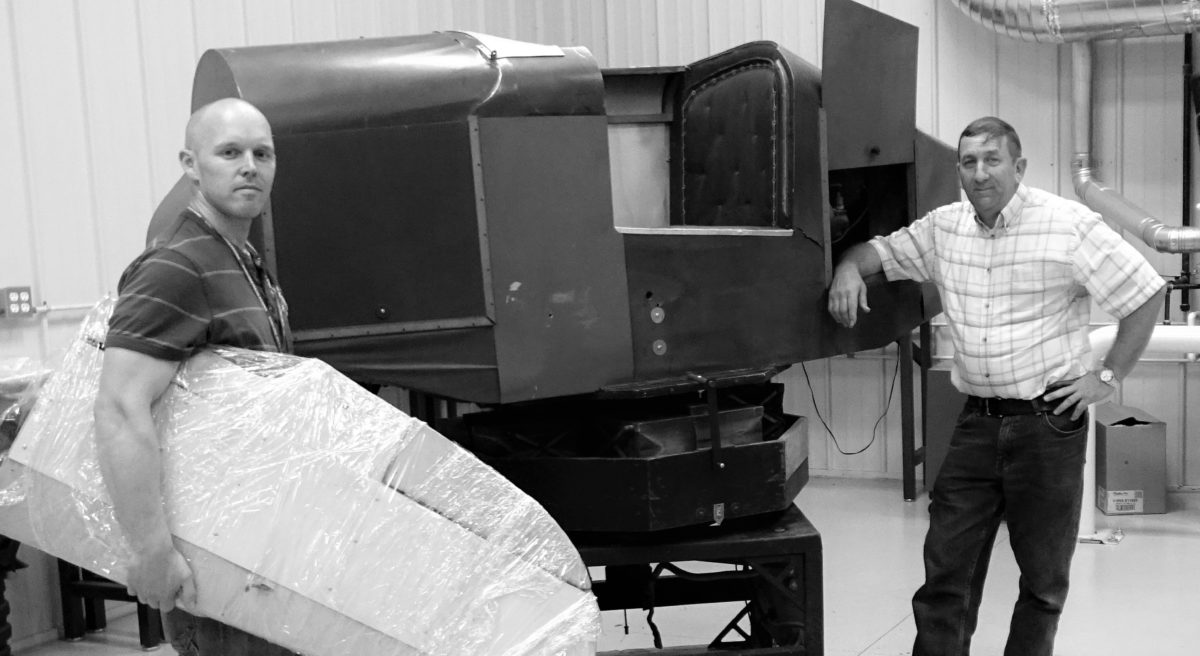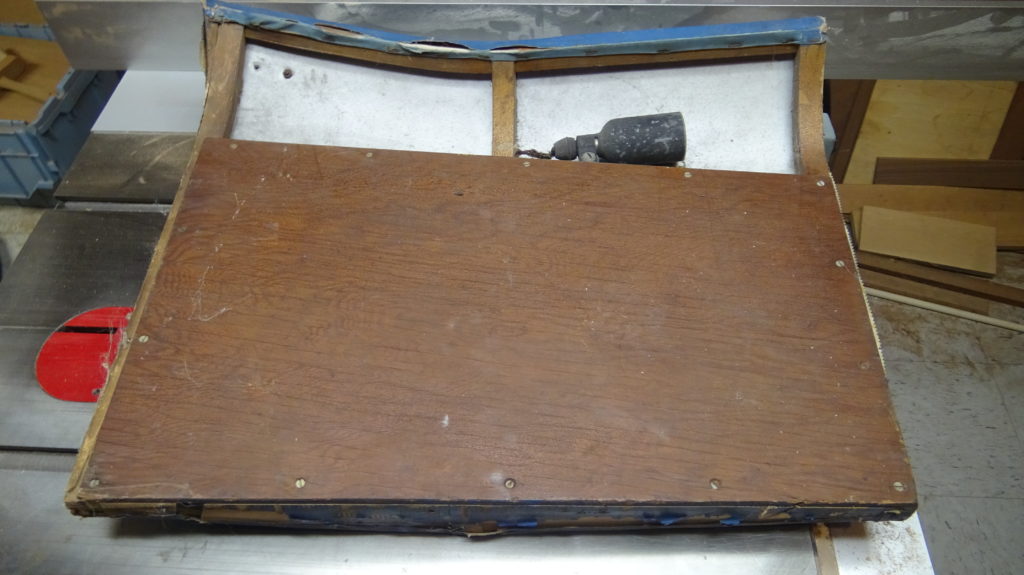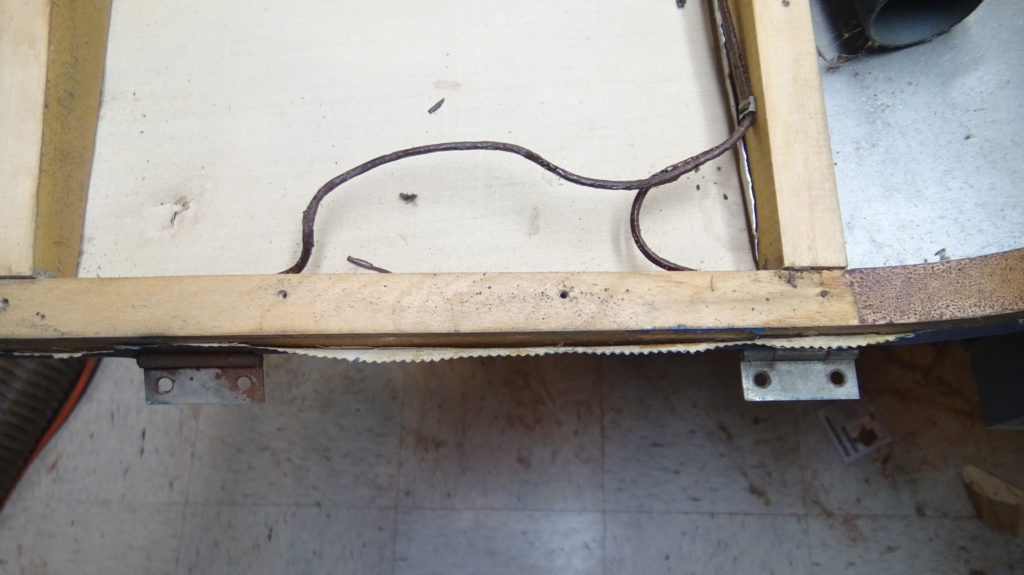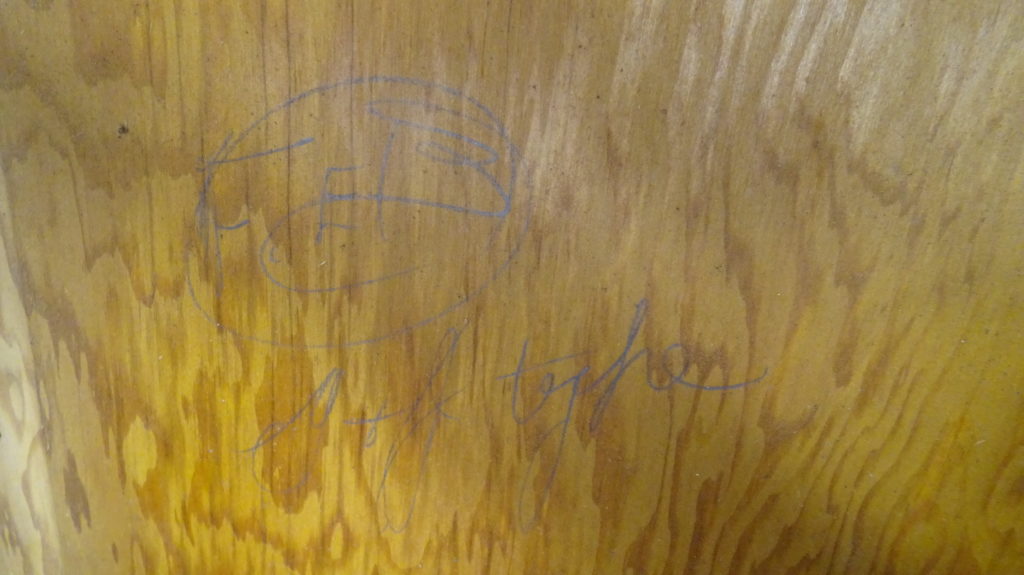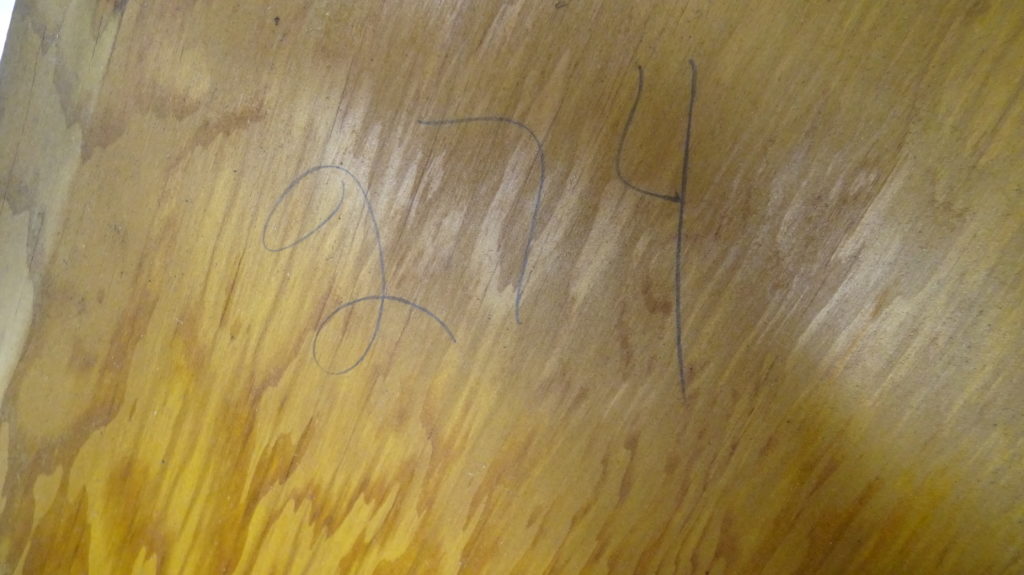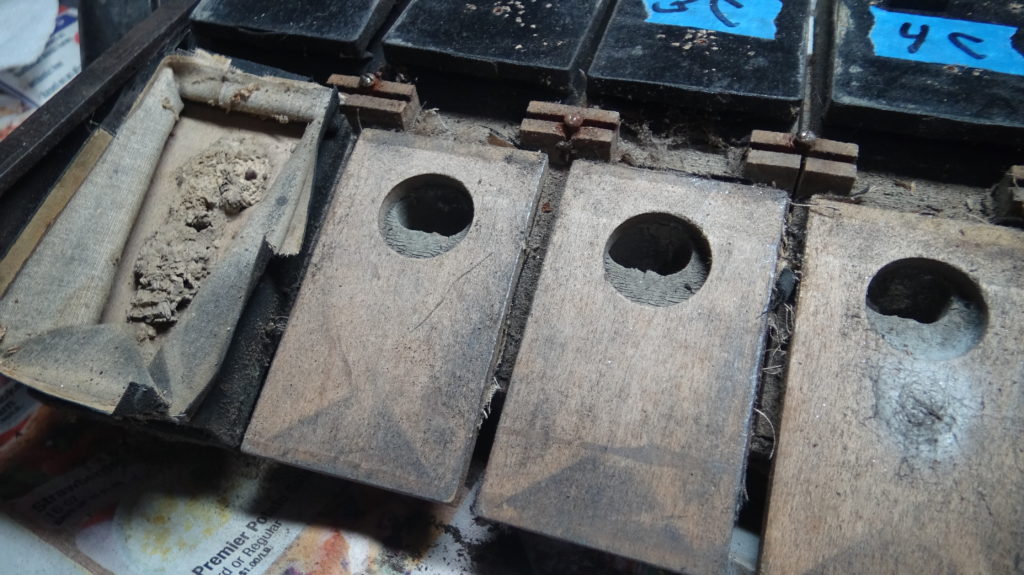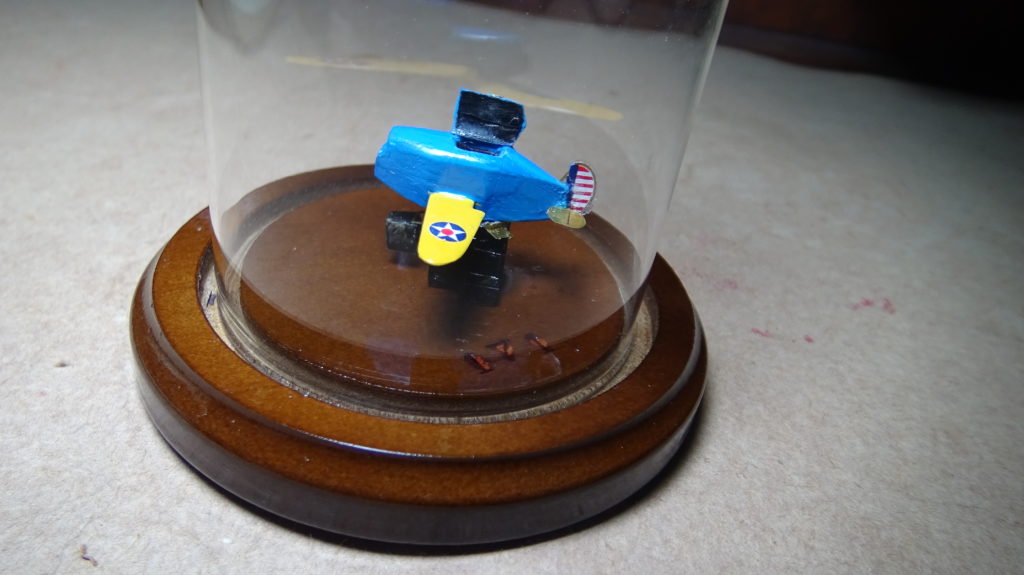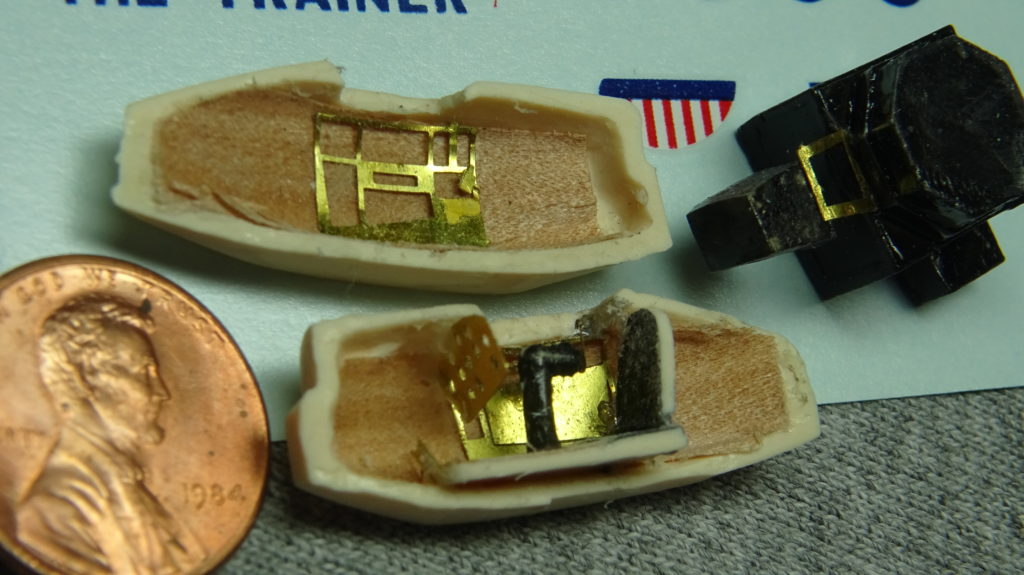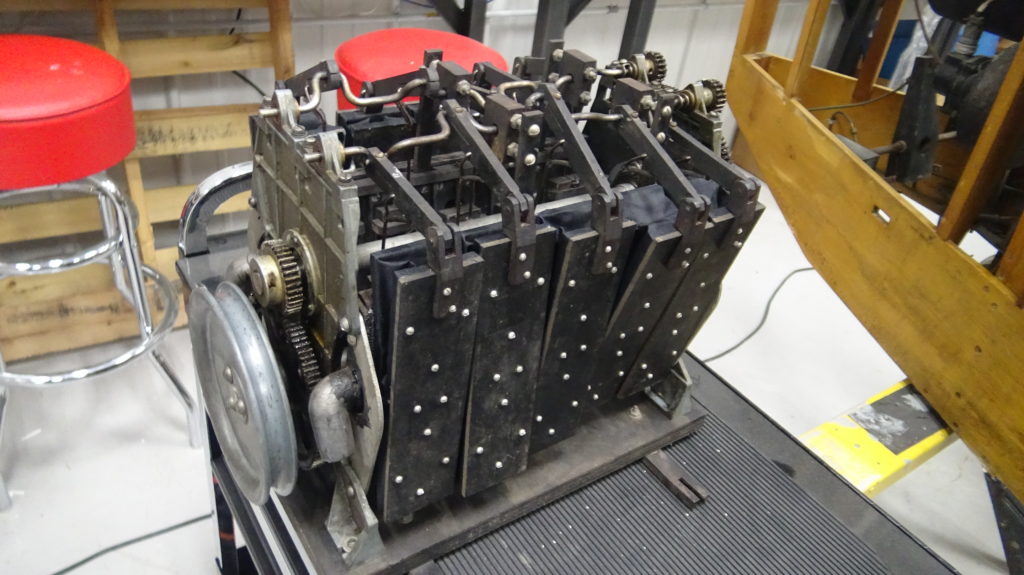We recently added the second wing to our ANT-18. That made it look a lot better. We fixed a few wiring problems in the main control box, and replaced external power wiring. We installed our restored Telegon oscillator, and cleaned, lubricated, and tested the turbine. Like our other turbines, the Toby Deutschmann suppression condenser had to be replaced.
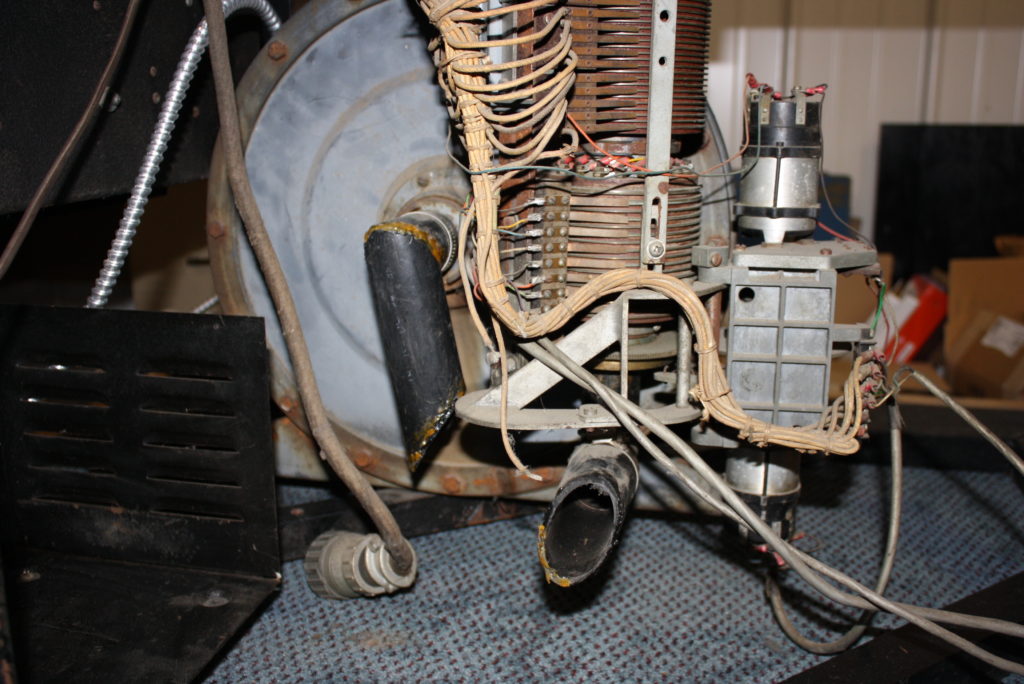
The vacuum hose that connected our turbine to the spindle was broken in a couple places. The connection was unlike models Esp and C-3 whose hose is short and at the same height. The ANT-18 has an additional separate set of commutators hanging below the standard 28 rings. This assembly causes the vacuum entrance to the spindle to be much lower than the turbine’s vacuum source. Our vacuum connector was obviously not an original part; it consisted of several short pieces of 1-½” PVC pipe poorly glued together. We still don’t know what the original connection looked like. We decided it would be better to have a slightly longer hose with a smooth bend rather than the additional two sharp 90-degree corners introduced by the broken connector pipe. We ordered a hose that was ultra-flexible; however, it only came in bright blue or green. After a bit of sanding, primer, and flat black paint, it now looks like an old rubber hose.
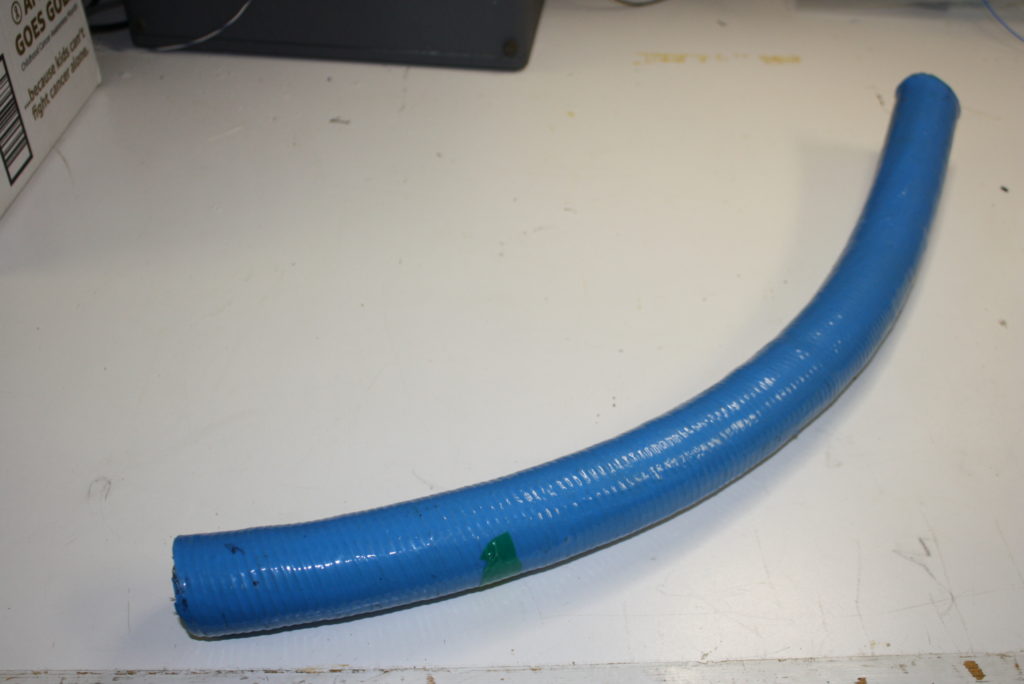
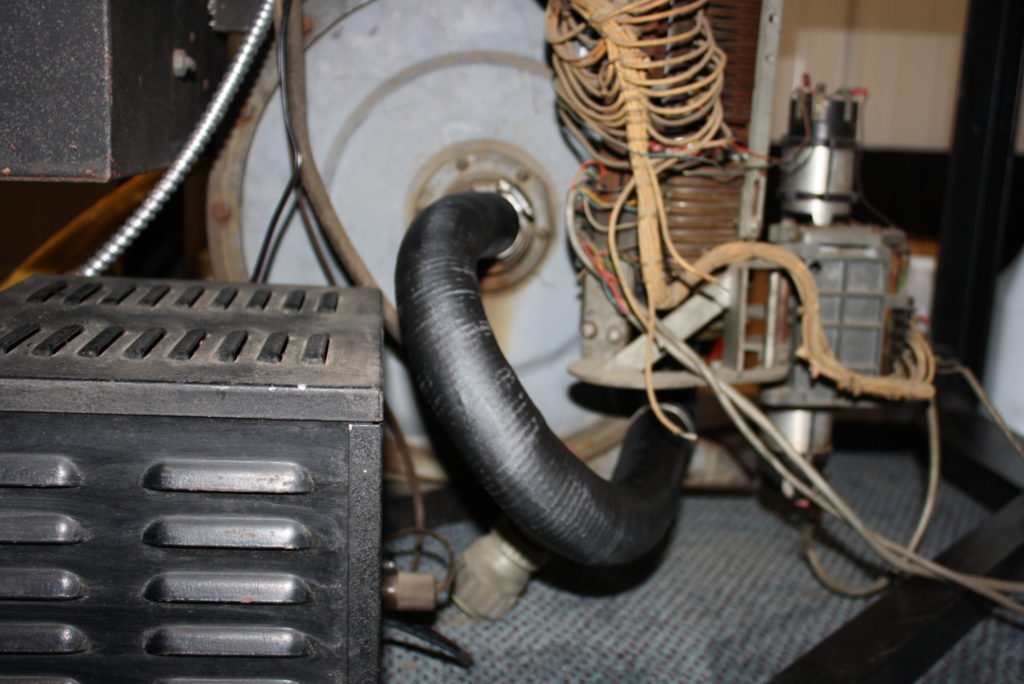
We had to try it out, by turning on the turbine. We had just completed restoration of the turning motor, so that was in good shape. The pitch and roll bellows looked and felt pretty good, but as soon as vacuum was applied to the fuselage, the pneumatic cloth on the pitch bellows ripped. That’s the next task – rebuild the pitch and roll bellows.
